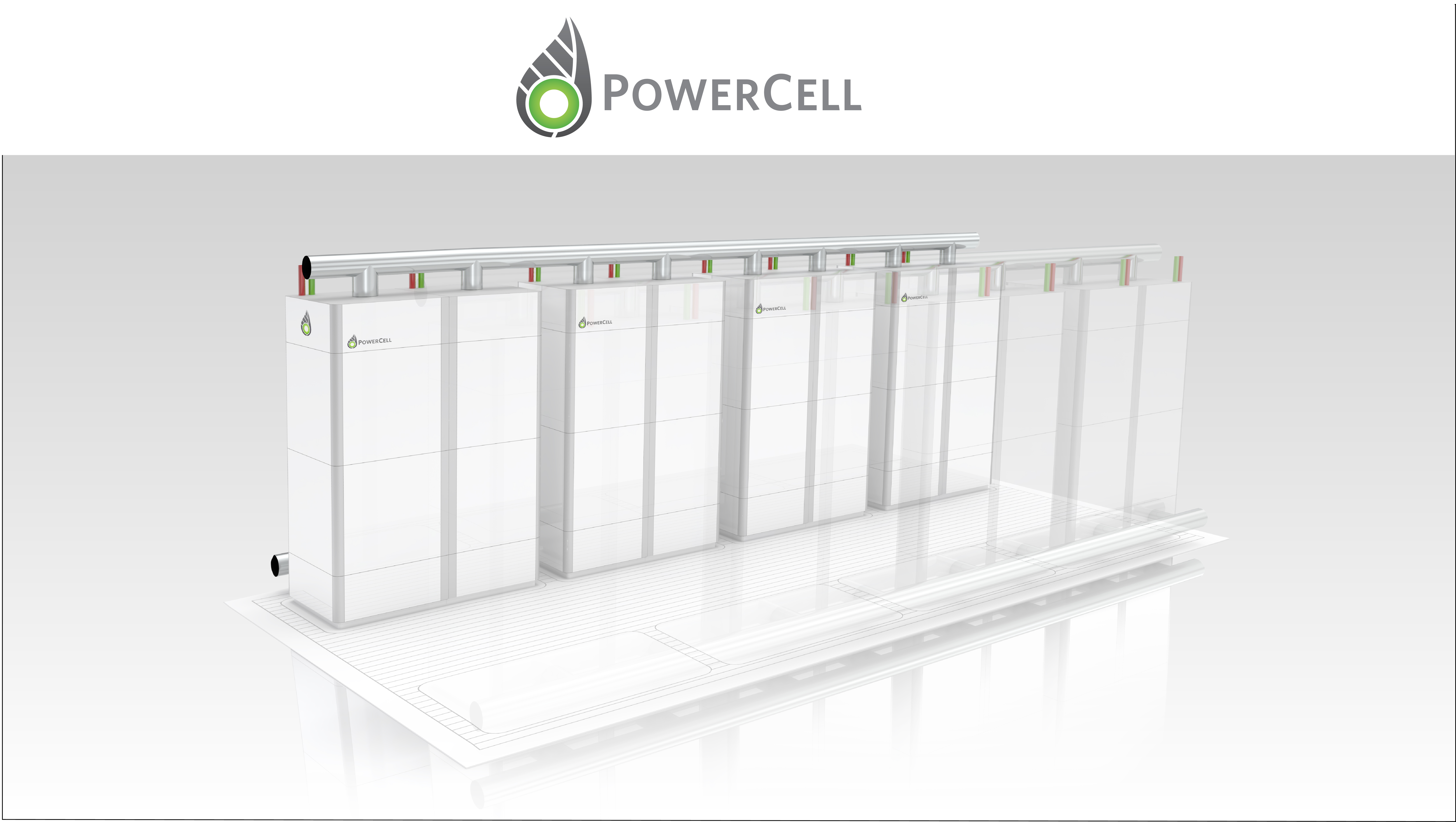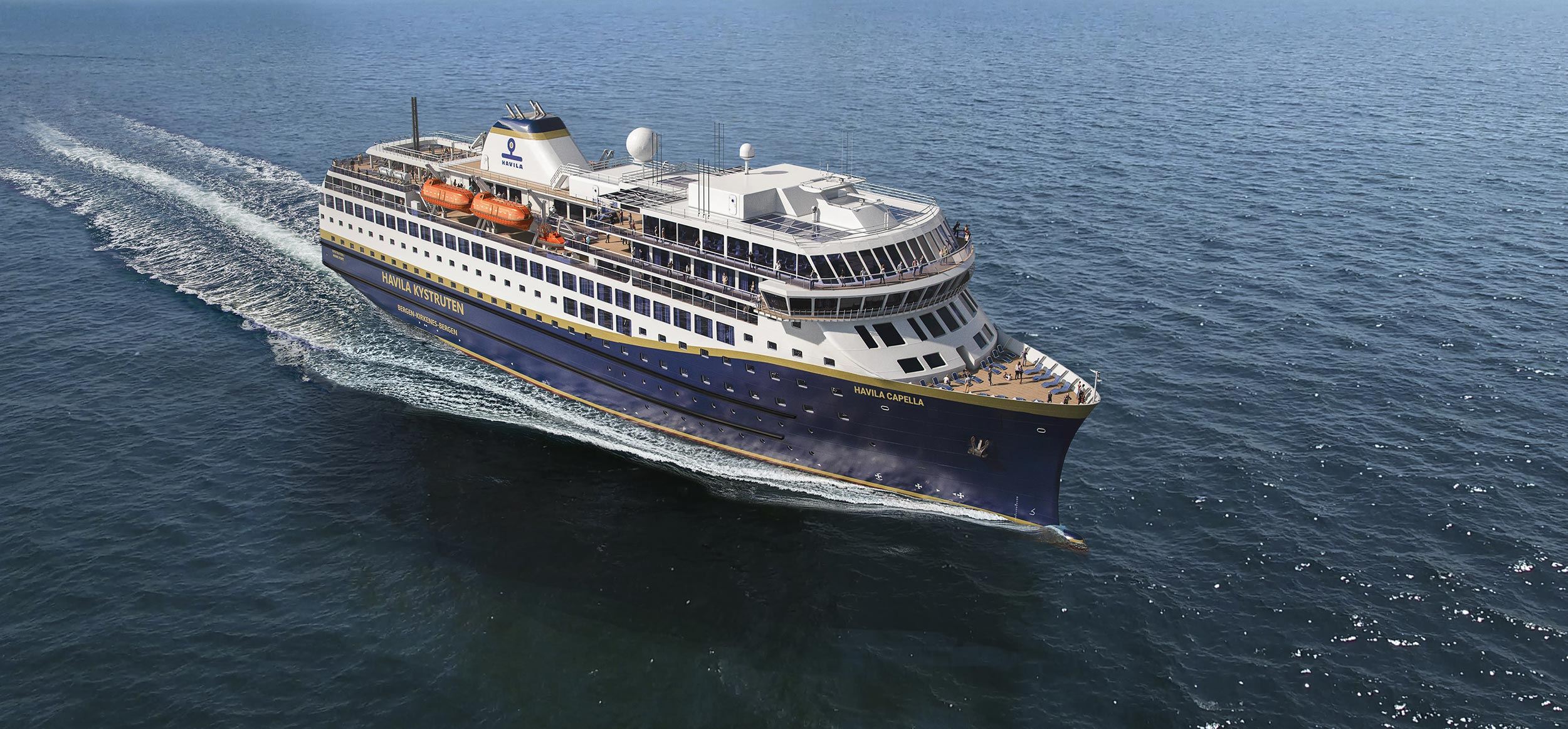Press Release: PowerCell Sweden AB (publ) has signed a contract with Norwegian Havyard Group ASA regarding the development of the design and the technical specifications for a zero-emissions fuel cell system. The system may come to be installed on board a vessel that will service the shipping company Havila Kystruten’s new route from Bergen to Kirkenes.
The one-year contract concerns the development of the design and the technical specifications for a zero emissions system fully classifiable and in conformity with IMO maritime safety requirements. The system solution that PowerCell and Havyard jointly will design, will be based on several marinized 200-kW fuel cell system modules connected in parallel with a total power of 3.2 megawatts.
The shipping company Havila Kystruten’s vessels will operate in Norwegian waters where increasingly strict emissions regulations will be introduced in the coming years. Havila Kystruten has been honored with a contract of building four new ships which will be equipped with zero emission solutions. The first of the four ships will be taken in to operation in 2021.
“With this contract, PowerCell will be part of developing the design and the technical specifications for what will be the most powerful maritime fuel cell system in the history”, Per Wassén, CEO of PowerCell said. “This will be a milestone for us as well as for the global efforts to reduce the emissions from commercial ships and the experience we gain from this project will benefit us greatly also within other segments, such as stationary power generation.”
Strict regulations
The intense traffic in and out of the Norwegian fjords has resulted in a huge increase in local emissions and at times the emission levels have been reported to exceed those of major cities like London and Barcelona. Several of the Norwegian fjords have been recognized by United Nations Educational Scientific Cultural Organization, UNESCO, as world heritage sites, a recognition they risk losing due to the high emission levels. To counter this, Norway has introduced increasingly strict emission regulations for ships operating in the fjords and by 2026 only ships with zero emission solutions will be allowed entrance.
“Fuel cells provide an optimal solution for this type of maritime applications and is perfect for use in combination with battery solutions”, Per Wassén said. “These vessels have the space available for storage of hydrogen and can easily be refueled during one of their many stops. When entering the fjords, they can operate fully electric for a long time with no other emissions than water.”
The international maritime organization, IMO, has decided to halve the emissions of Greenhouse Gases from commercial ships by 2050. Considering the long lifetime of ships, zero emission vessels may have to set sail as early as 2030.

































